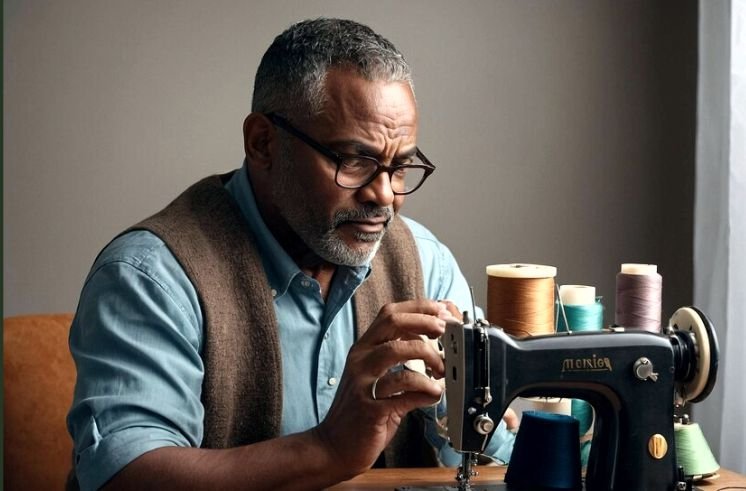Last updated on May 1st, 2025 at 10:03 am
Studies reveal the least attractive hobbies for men and why certain activities are often avoided. Learn how hobbies impact social appeal and what influences men’s choices in leisure activities.
The hobbies you choose say a lot about you. Some make you look confident, social, and full of life.
Others might hurt your image without you even knowing it.
Studies have shown that certain hobbies can make men seem less attractive, especially when they clash with what people expect from masculine activities. Knowing the Least
Attractive hobbies for men can help you avoid common mistakes and pick hobbies that fit both your interests and your social life.
Today, hobbies linked to low energy, isolation, or a lack of social skills are seen as less appealing to men.
Things like endless video gaming, collecting stamps, or heavy model building can sometimes send the wrong message.
While the term ‘least attractive hobbies for men’ often hints at public perception, especially from women, here we also look at hobbies men themselves are less passionate about or cautious to pursue
If you want to make stronger impressions, it helps to know which hobbies to rethink and why they matter more than you might think.
Related: Creative and productive hobbies for men at home
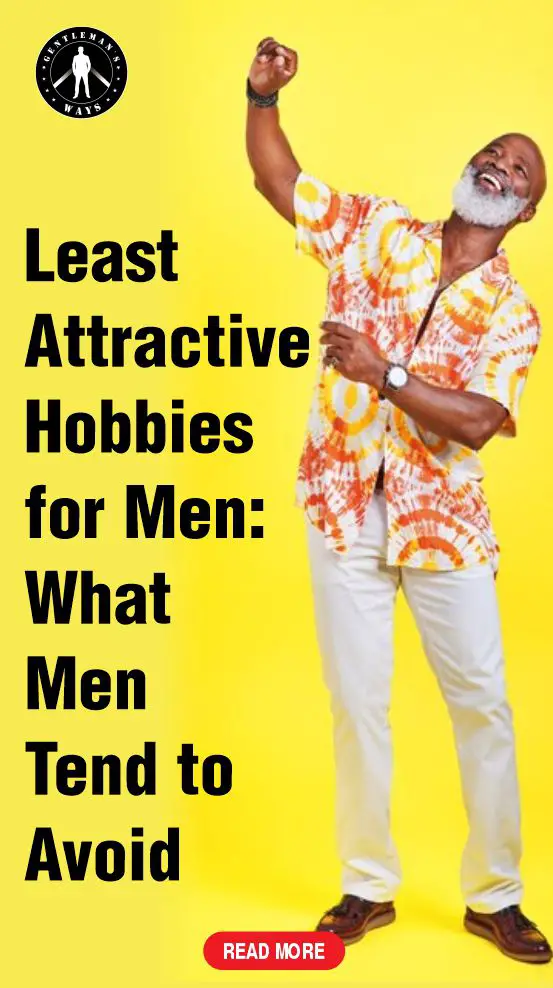
Common, Most Unattractive Hobbies for Men
First off, that these hobbies are unattractive to men does not mean they don’t engage in them.
Some hobbies that are traditionally considered less masculine overlap with those that men are already passionate about.
For instance, activities like cooking, gardening, or even crafting might share similarities with pursuits men enjoy, such as grilling or woodworking.
However, it’s often difficult to pinpoint whether men find these hobbies unsettling or simply avoid them due to societal expectations.
The fear of judgment or the pressure to conform to traditional masculine ideals can make it challenging for men to openly embrace hobbies that deviate from the norm.
This tension creates a complex dynamic between personal interests and external perceptions.
Recommended: Inexpensive Hobbies Men Should Consider
1. Gardening
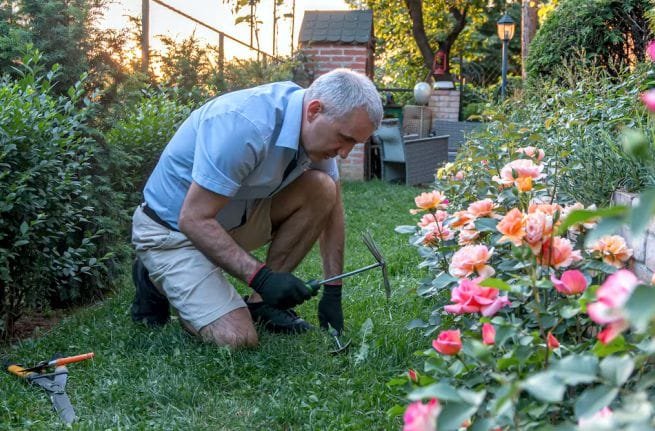
While gardening is recommended for men as it is beneficial for their mental well-being, it makes the list of the least attractive hobbies for men.
The majority of men who engage in gardening do it passionately.
Gardening, although a rewarding and peaceful hobby, is often seen as a domestic or feminine activity.
Many men avoid it for fear of being judged as less masculine, even though gardening offers many benefits, such as improving mental health, promoting relaxation, and providing a connection with nature.
Research suggests that gardening reduces stress and increases feelings of accomplishment, yet societal expectations still link this hobby to domestic life and women.
Men miss out on these benefits due to outdated stereotypes about what hobbies are considered masculine.
Recommended: Hobbies Attractive to Men in Their 30s
2. Knitting and Crocheting
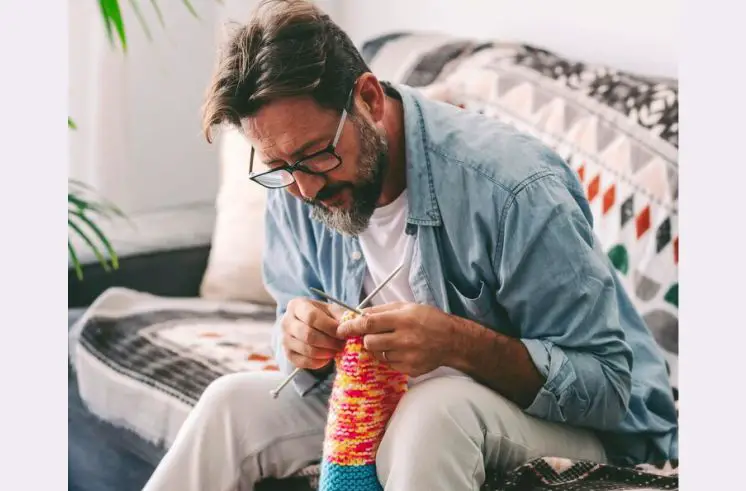
Knitting and crocheting have historically been unattractive hobbies for men, seen as feminine activities, overshadowing their roots among men, such as sailors knitting nets for work.
Today, many men avoid these hobbies due to the fear of judgment or ridicule.
Despite their social stigma, these crafts offer numerous benefits, including fostering mindfulness, enhancing creativity, and improving fine motor skills.
Studies show that engaging in knitting can boost mental health by reducing stress and promoting relaxation.
Unfortunately, societal norms continue to limit men’s willingness to embrace such hobbies, even though they offer both emotional and practical rewards.
Related: Craft-based Hobbies for Men
3. Cooking and Baking
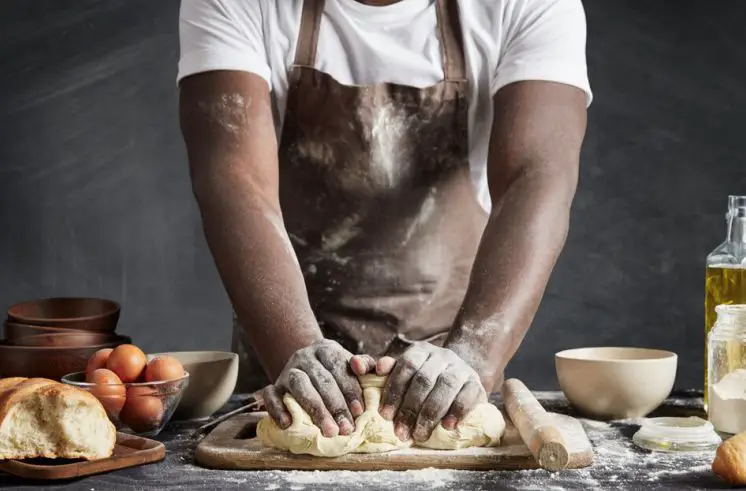
I never knew cooking was going to make it to this debate, but data shows men are reluctant when it comes to cooking.
While people like me have serious reasons why I prepare my food, others might have reasons why they lack the zeal.
While grilling and barbecuing have become accepted masculine hobbies, cooking and baking, especially more intricate forms like baking, are still often associated with femininity, and so unattractive for men.
Many men avoid these activities due to outdated cultural views that equate domesticity with women’s roles.
This reluctance persists even though male chefs have gained increasing respect and visibility worldwide.
Research shows that cooking can enhance life satisfaction and provide a creative outlet, while baking is particularly effective at promoting relaxation and focus.
The challenge remains to shift traditional perceptions and allow men to fully enjoy these rewarding hobbies.
Related: Hobbies Men Over 50 Are Passionate About
4. Painting, Crafting, and Artistic Pursuits

Hobbies like painting, crafting, and scrapbooking are often considered “soft” and “feminine,” which leads many men to avoid them for fear of appearing unmasculine.
Even though these artistic pursuits promote emotional intelligence and resilience, societal expectations discourage many men from engaging in them.
Creative activities are not only enjoyable but also beneficial for mental well-being, enhancing problem-solving skills and emotional expression.
Unfortunately, in many conservative circles, these hobbies are still linked to stereotypes that inhibit men from tapping into their artistic potential, preventing them from exploring a fulfilling and therapeutic hobby.
Related: Hobbies that Appeal to 20s Men
5. Birdwatching and Model Building
Birdwatching, model building, and similar activities are often deemed passive or nerdy, contributing to their avoidance by many men.
These hobbies require patience, attention to detail, and knowledge, but lack the active or competitive qualities that are traditionally celebrated in male-dominated social circles.
Despite their educational and intellectual value, men are less likely to engage in these activities due to concerns over how others perceive them.
Research highlights that these hobbies can improve focus and provide a sense of achievement, yet societal perceptions continue to limit men’s willingness to engage in more laid-back, introspective activities that can benefit their overall well-being.
Related: Hobbies Older Men Love Most
6. Yoga and Pilates

Yoga and Pilates are often associated with femininity, leading many men to avoid them, despite their proven physical and mental health benefits.
These practices emphasize flexibility, balance, and mindfulness, qualities often overlooked in traditional masculine ideals that favor strength and endurance.
Studies show that yoga can reduce stress, increase mobility, and enhance mental clarity.
Unfortunately, the perception that these exercises are for women persists, even though they can be incredibly beneficial for men, especially in terms of improving posture, reducing injury risk, and enhancing overall well-being.
Related: Find out which hobbies suit men over 40 best
7. Journaling and Writing

Journaling and creative writing are often dismissed by men as “soft” or overly emotional activities.
This stems from the long-standing stereotype that men should not express vulnerability or introspection.
However, research has shown that writing can be a powerful tool for self-reflection, reducing stress, and improving mental health.
It also enhances communication skills and emotional intelligence.
Despite these benefits, many men avoid journaling due to the fear of appearing too sensitive or not conforming to traditional masculine expectations, missing out on a valuable outlet for personal growth.
8. Dancing
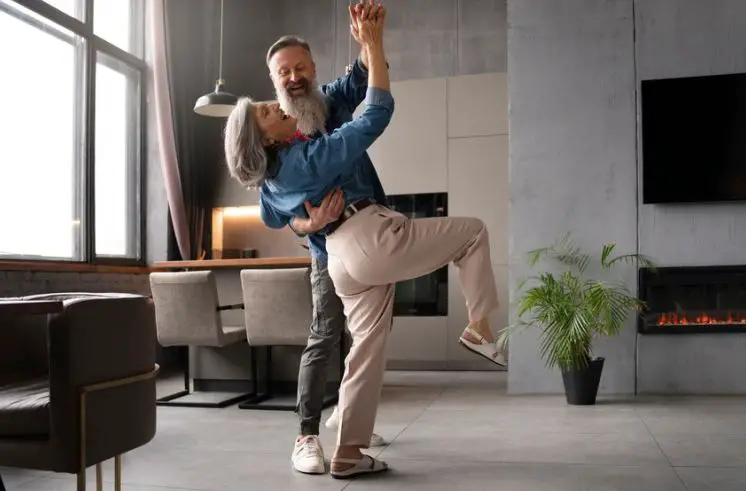
Dancing, especially styles such as ballet or contemporary dance, is often viewed as a feminine activity in many cultures.
This perception discourages many men from participating, even though dancing provides excellent physical exercise, coordination, and stress relief.
Studies have found that dance can improve cardiovascular health, flexibility, and overall body awareness.
Men may avoid dancing due to concerns over looking unmasculine or out of place, despite the growing popularity of male dancers in both professional and social settings.
Rewriting this narrative could lead to more men embracing dance for its physical and emotional benefits.
9. Sewing and Tailoring
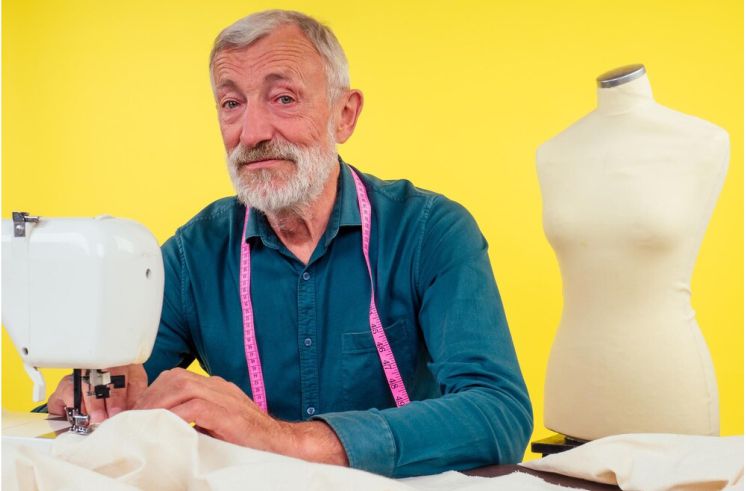
Sewing and tailoring are often stereotyped as feminine, despite their practical and creative qualities.
Historically, men were once skilled in sewing and mending clothes, but over time, these skills have been relegated to women.
Today, many men, sewing has find one in the zone of the most unattractive hobbies for men.
Men avoid these hobbies because of the fear of being perceived as less masculine.
However, sewing can encourage creativity, patience, and problem-solving skills.
It also offers an opportunity for men to develop a practical, useful skill that can lead to cost-saving and self-expression.
The resistance to this hobby stems from societal pressures that dismiss it as an inappropriate pursuit for men.
Reasons Behind Avoiding Most Unattractive Hobbies for Men
Understanding why men avoid certain hobbies requires examining deeper psychological and social factors beyond simple preference.
Fear of Judgment
Perhaps the most powerful deterrent is the fear of judgment.
Men are often wary of engaging in activities that might prompt ridicule or cause them to be viewed as weak, feminine, or strange.
This fear can be paralyzing, leading many to abandon hobbies they genuinely enjoy in favor of more “acceptable” pastimes.
Studies suggest that fear of negative social evaluation is particularly strong among men who view social standing and peer acceptance as crucial to their self-esteem.
This fear can deter risk-taking in non-traditional hobbies.
Desire to Appear Competent and Attractive
Men are often socialized to associate their hobbies with their identity and value as individuals.
Engaging in hobbies that showcase strength, skill, or competitiveness can enhance perceptions of competence and desirability.
Conversely, participating in hobbies viewed as easy or undemanding may threaten these perceptions, leading men to avoid them entirely.
Peer Influence
Peer groups exert a tremendous influence over men’s hobby choices.
If a particular activity is deemed unmasculine or uncool by a man’s social circle, it can become almost impossible for him to pursue that interest openly without risking ostracism.
Social acceptance plays a central role in hobby selection, particularly during adolescence and early adulthood.
Internalized Gender Norms
Many boys are socialized from a young age to accept rigid gender norms about acceptable behavior and interests.
Activities that fall outside these boundaries are often met with disapproval or punishment, shaping a boy’s self-concept and narrowing his range of acceptable hobbies into adulthood.
This internalization of gender expectations leads to self-censorship, where even without direct judgment from others, a man might avoid certain hobbies because he has come to believe they are inherently inappropriate for him.
Moving Beyond Stereotypes: Redefining Hobbies for Men
Recognizing the cultural biases surrounding hobbies is the first step toward breaking free from restrictive norms.
Encouraging men to explore a wider range of interests without fear of judgment benefits not only the individual but society as a whole.
Hobbies like gardening, cooking, knitting, or painting should not be gendered activities; rather, they should be celebrated for the skills, creativity, and personal growth they foster.
Supporting men in exploring diverse hobbies can lead to greater emotional resilience, improved mental health, and stronger interpersonal relationships.
Moreover, cultural perceptions are beginning to shift.
High-profile figures in entertainment, sports, and media have increasingly embraced non-traditional hobbies, helping to challenge outdated stereotypes.
Male celebrities engaging in baking shows, male influencers promoting gardening, and male artists gaining recognition are all contributing to a broader, more inclusive understanding of what hobbies can be.
Peer support is equally critical. When men see their friends and role models participating in a variety of hobbies without shame, it becomes easier for them to pursue their interests freely.
Conclusion
The hobbies you choose can impact how others see you in social and romantic situations.
Certain activities may boost your appeal, while others might make you seem less attractive, based on what society expects.
Cultural norms, media influence, peer pressure, and gender roles all play a role in shaping the hobbies you gravitate toward.
Many men avoid hobbies that are seen as less masculine, like gardening, knitting, cooking, or birdwatching, because of the fear of judgment or the need to fit in.
But as attitudes shift and research supports this change, embracing a wider variety of hobbies can lead to a more fulfilling life.
By focusing on hobbies that truly interest you, rather than those shaped by outdated stereotypes, you can break free from the mold.
This not only boosts your authenticity but also your well-being and emotional strength.
References
Pyo Merez is a men’s lifestyle enthusiast and writer about the gentleman’s place and impact on society. Raised by a distinguished gentleman dad, he offers unique insights into how the mind of a gentleman works and how societal norms shape gentlemen’s identity and vice versa.
Through his insightful articles, Pyo taps into the depths of gentleman culture to provide perspectives on etiquette and manners in modern society.

